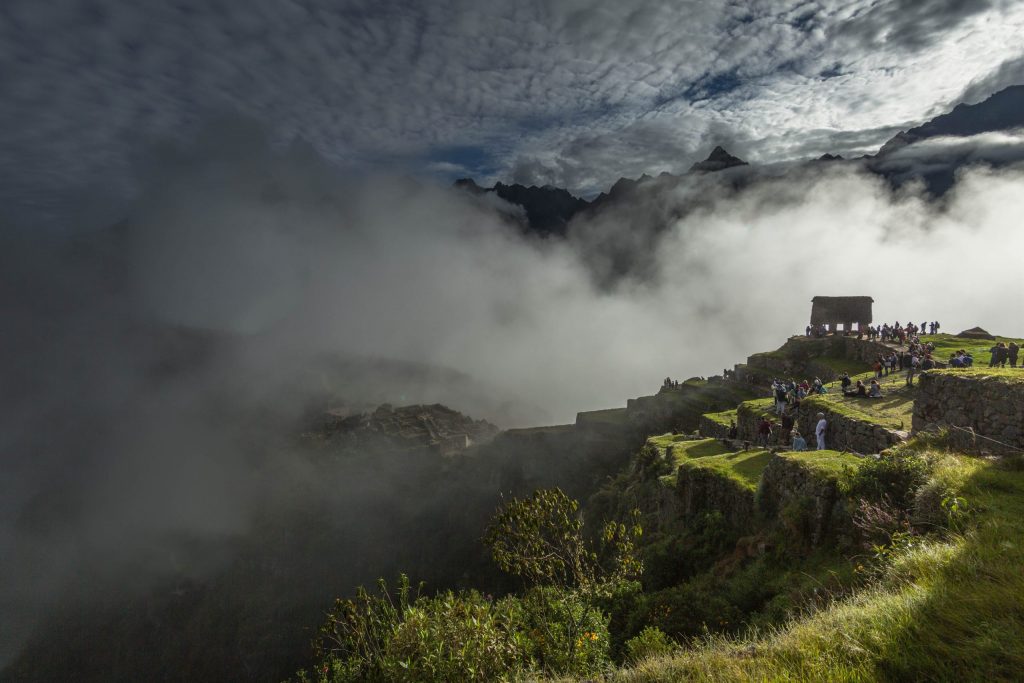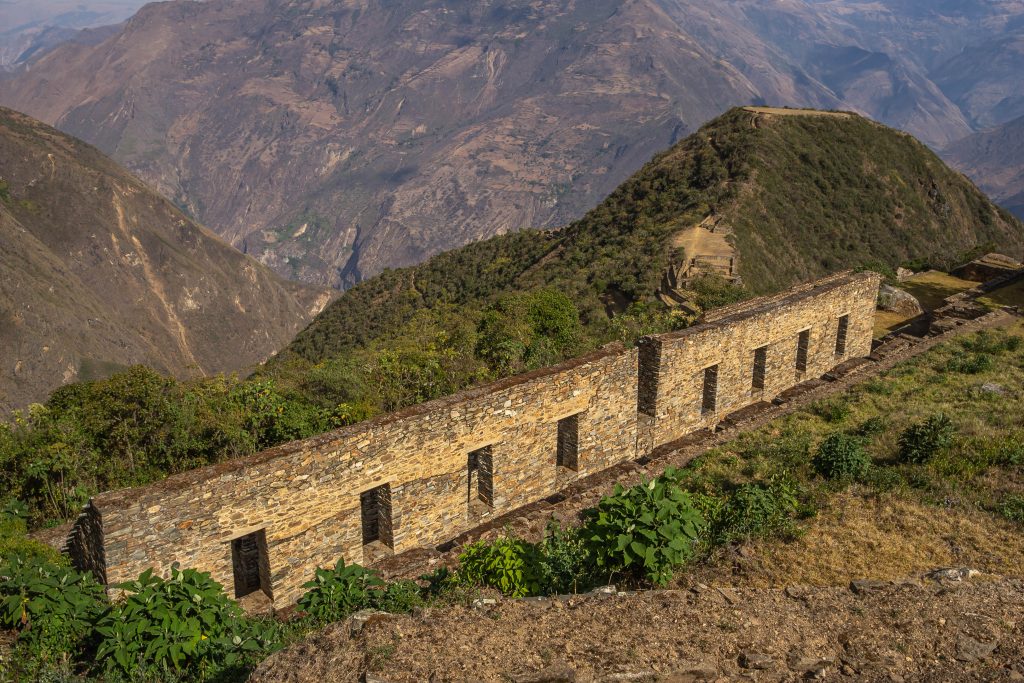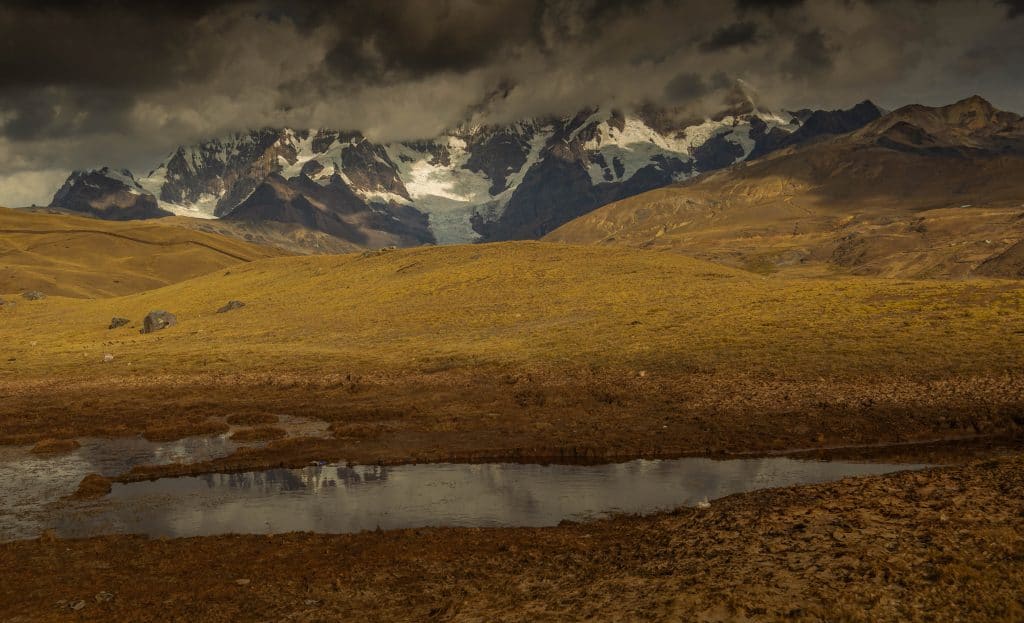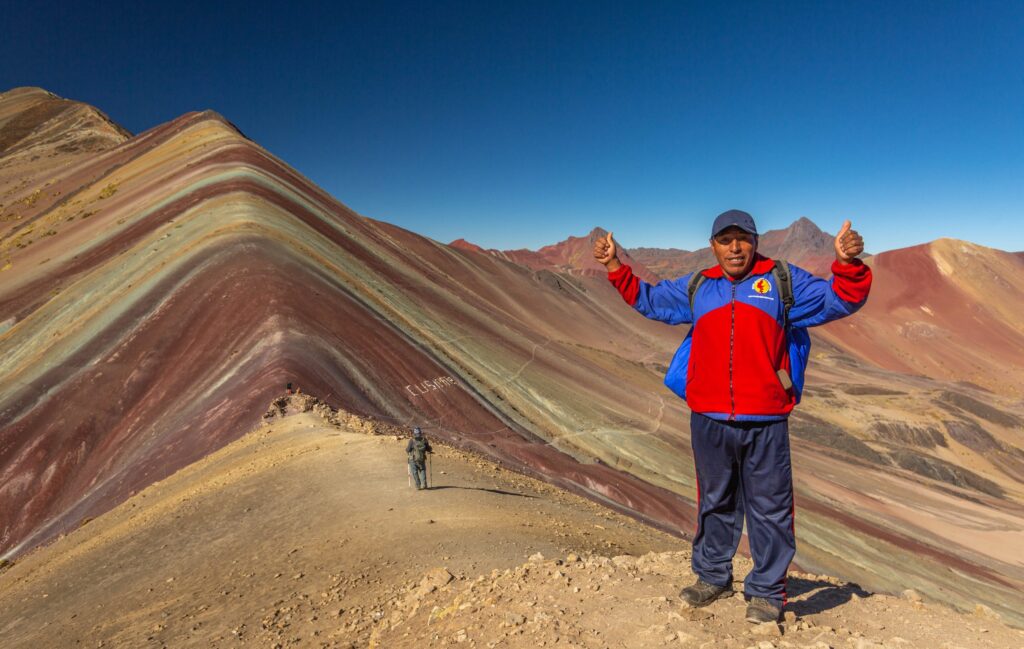Inca Trail invironment

Inca Trail invironment We are green team that is the reaso why so kindley we will ask you to help us . The Inca Trail, a famous hiking route in Peru leading to the ancient city of Machu Picchu, is a place of natural beauty and historical significance. To preserve its environment and reduce the impact of plastic waste, there are regulations in place to discourage or even prohibit the use of single-use plastic bottles along the trail. Here are some ways the Inca Trail promotes sustainability and minimizes plastic waste:
1. Refill Stations:
Along the Inca Trail, there are designated refill stations where hikers can access clean, safe drinking water. These stations are equipped with filtered water sources, allowing hikers to refill their reusable water bottles.
2. Reusable Water Bottles:
It is recommended for hikers to bring their own reusable water bottles or hydration systems. This not only reduces plastic waste but also helps hikers stay hydrated throughout their journey.
3. No Plastic Bottle Sales

The sale of single-use plastic water bottles is often prohibited within the protected area of the Inca Trail. This measure aims to discourage hikers from purchasing disposable plastic bottles and encourages them to use reusable alternatives.
4. Educational Initiatives:
Inca Trail invironment Our Tour guides and agencies that operate on the Inca Trail often educate hikers about the importance of environmental conservation and minimizing plastic waste. This includes informing them about the regulations and the benefits of using reusable items.
5. Pack Out What You Bring:
Hikers are usually required to carry out all their trash, including plastic waste, to ensure that the trail remains clean and free of litter.
6. Alternative Packaging:

Some tour operators and local businesses may offer products in eco-friendly packaging or containers to further reduce single-use plastic waste.
Remember that the specific rules and regulations regarding plastic use on the Inca Trail may change over time, so it’s essential to check with the responsible authorities, such as the National Service of Natural Areas Protected by the State (SERNANP) in Peru or your tour operator, for the most up-to-date information and guidelines before embarking on your hike. Additionally, always prioritize responsible and sustainable practices when visiting fragile natural environments like the Inca Trail to help preserve their beauty and cultural significance for future generations.

Leave a Reply